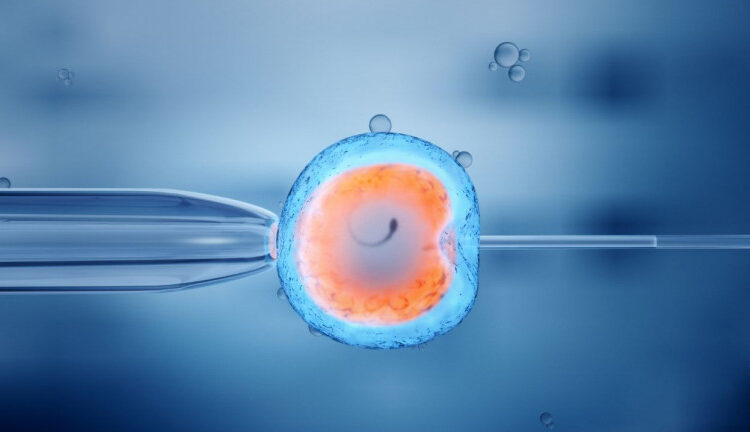
In vitro fertilization (IVF) is a method of reproduction that involves fertilizing an egg in the laboratory and then implanting the resulting embryo into the womb. Your health provider may immediately transfer the embryo into your uterus. That is a fresh transfer. Still, you may prefer the embryo implantation later if you seek the services of San Diego YourEggs. This option is called a frozen embryo transfer. It involves thawing a fertilized egg and storing it in a conducive laboratory environment until you need to use it to get pregnant.
You may prefer frozen embryo transfer to fresh embryo transfer because it significantly increases your chance of conceiving. That is especially suitable as it provides time to deal with endometriosis, polycystic ovarian syndrome, or other conditions that may discourage the implantation and growth of a fertilized egg in the uterus.
Clinical studies also show frozen embryo transfer is less likely to cause extrauterine pregnancy and preterm birth. Moreover, you are less likely to give birth to a baby with a low birth weight.
Below are tips to help improve the chance of becoming pregnant through frozen embryo transfer.
- Maintain a healthy diet
You need to quit or limit your intake of caffeinated and alcoholic drinks when preparing to receive a frozen embryo. Even after your doctor transfers the fertilized egg into your uterus, avoid alcohol and caffeine.
Also, avoid smoking. For instance, one study released by the University Medical Centre in Nijmegen indicates that your chance of having a live birth through frozen embryo transfer reduces by more than 25% when you smoke more than one cigarette regularly.
Regularly consume omega-3 fats, whole grains, and dark leafy greens, and stay hydrated.
- Womb massage
You can also benefit from fertility or womb massage when expecting a frozen embryo transfer in a few months.
A fertility massage is vital as the techniques your health provider subjects you to allow the strengthening and conditioning of the uterus, the proper alignment of reproductive organs, and the promotion of healthy blood flow to the womb and throughout the body.
- Get hormonal injections
Your doctor will need to extract your blood samples to check hormone levels. If the levels are unhealthy or unbalanced, you may receive hormonal injections a few months before the implantation of a thawed embryo into your womb.
The hormonal injections or pills help prepare the environment of the uterus lining to accept the thawed fertilized eggs.
You can get relief after injection by massaging the area with a hot towel or applying an ice pack.
- Exercise safely
Engaging in strenuous activities and exercises a few weeks or months before frozen embryo transfer may impact reproductive hormone creation and balance. As a result, you are less likely to conceive.
Physically draining exercises may also hurt your reproductive organs’ health, which puts you at risk of failing to get pregnant.
Exercise safely to maintain a healthy weight and optimal health by embracing low-impact exercises and avoiding more than four hours of intense physical activity weekly.
Contact YourEggs today to schedule an appointment with a frozen embryo transfer specialist and learn more about this method of conceiving.

